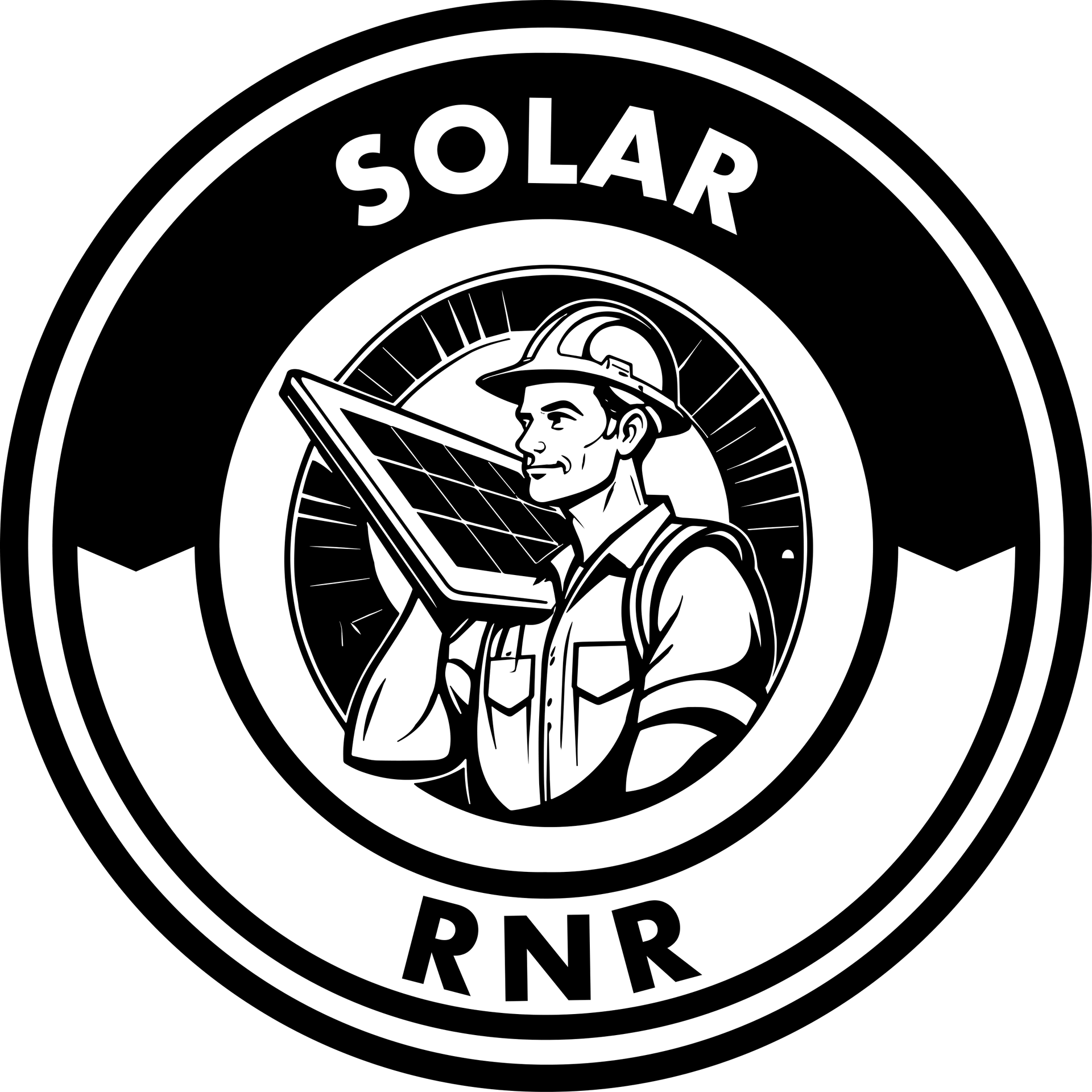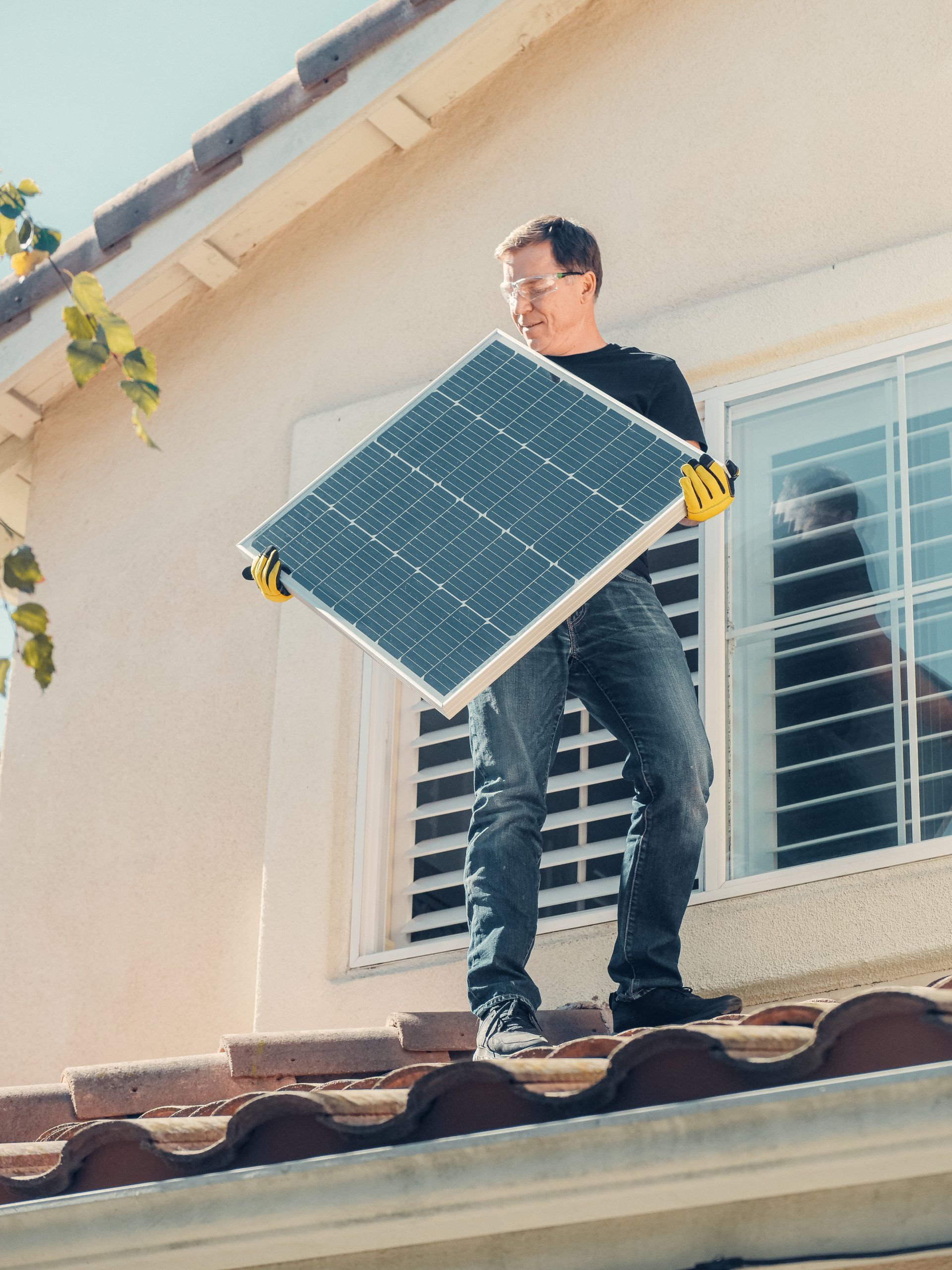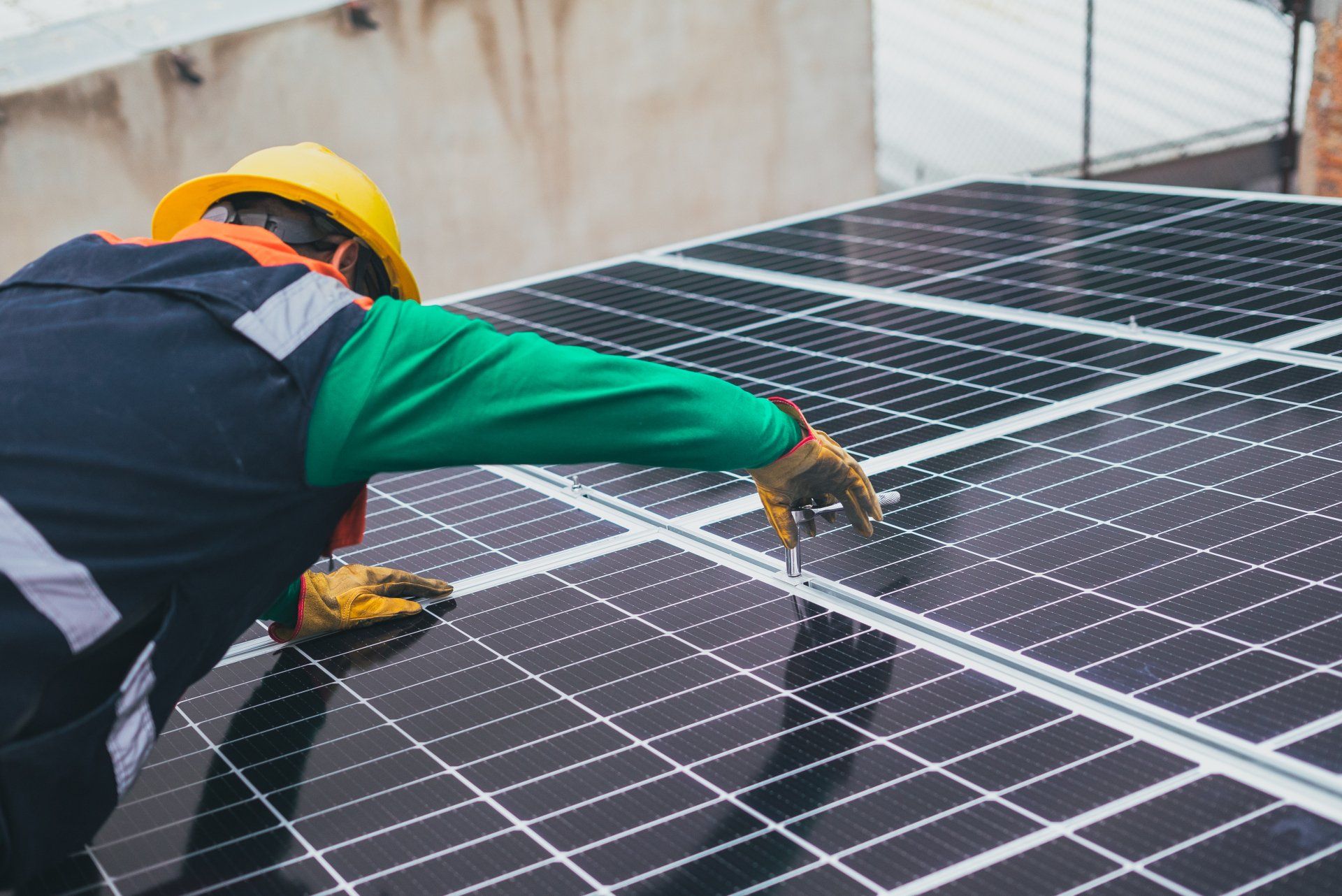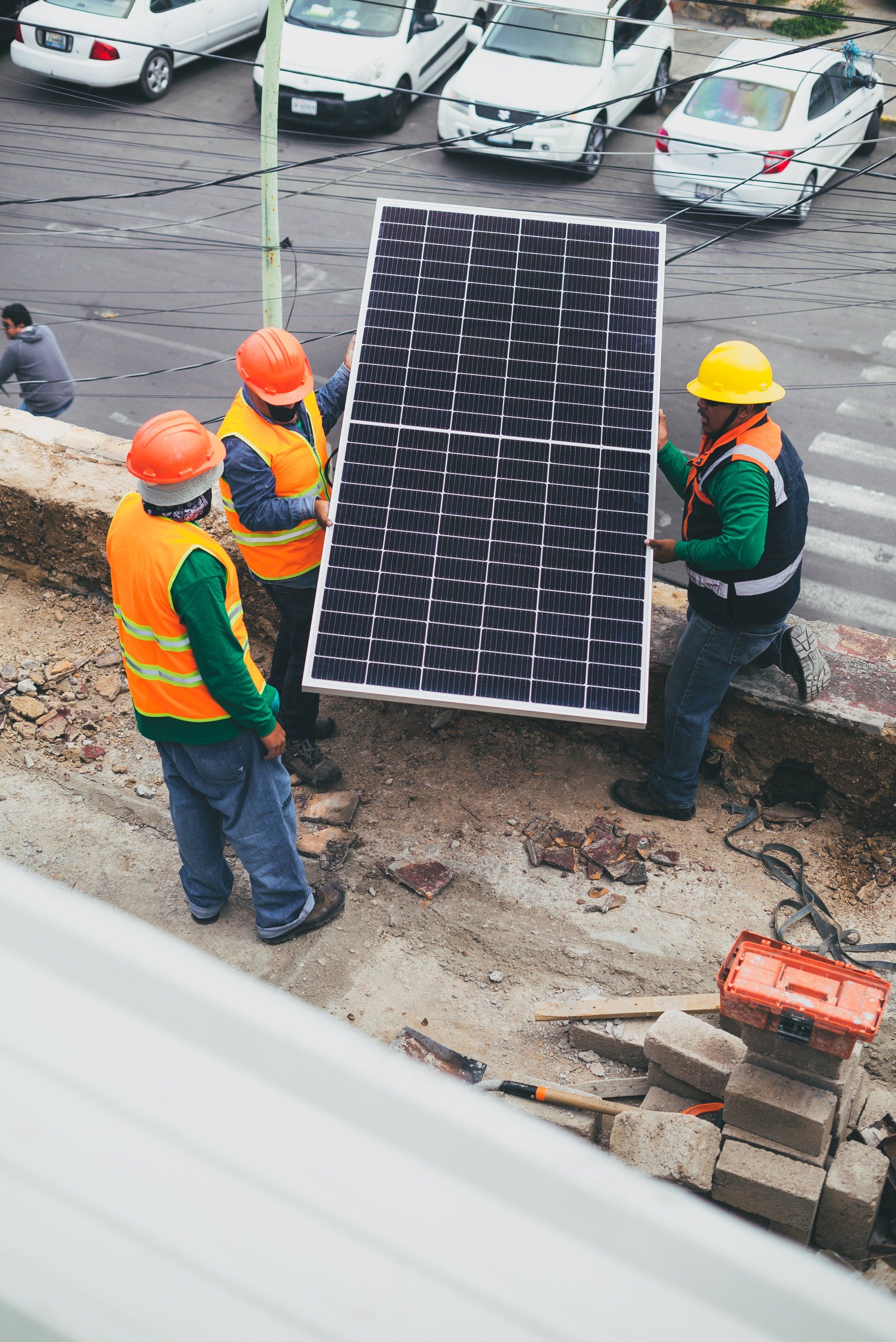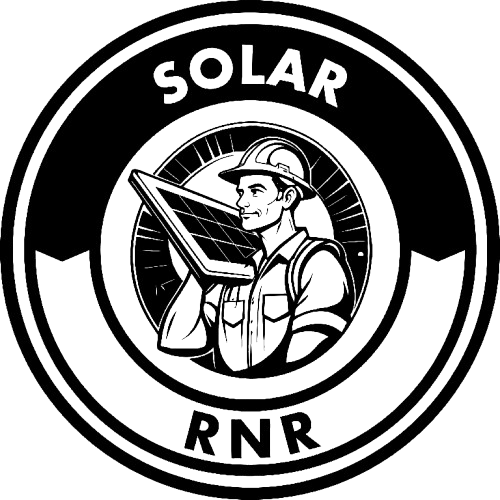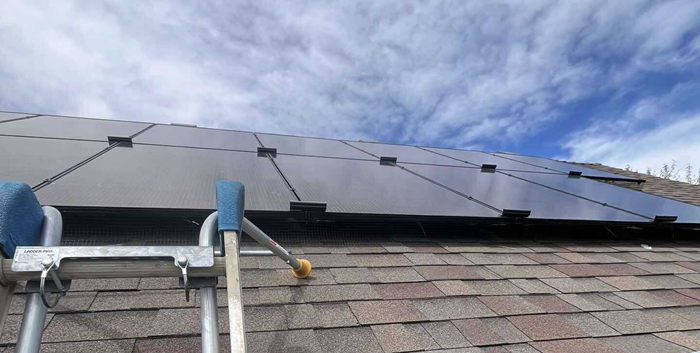Solar Detach and Reset Information
The Ultimate Guide to Solar Panel Maintenance: Keep Your System Running at Peak Efficiency
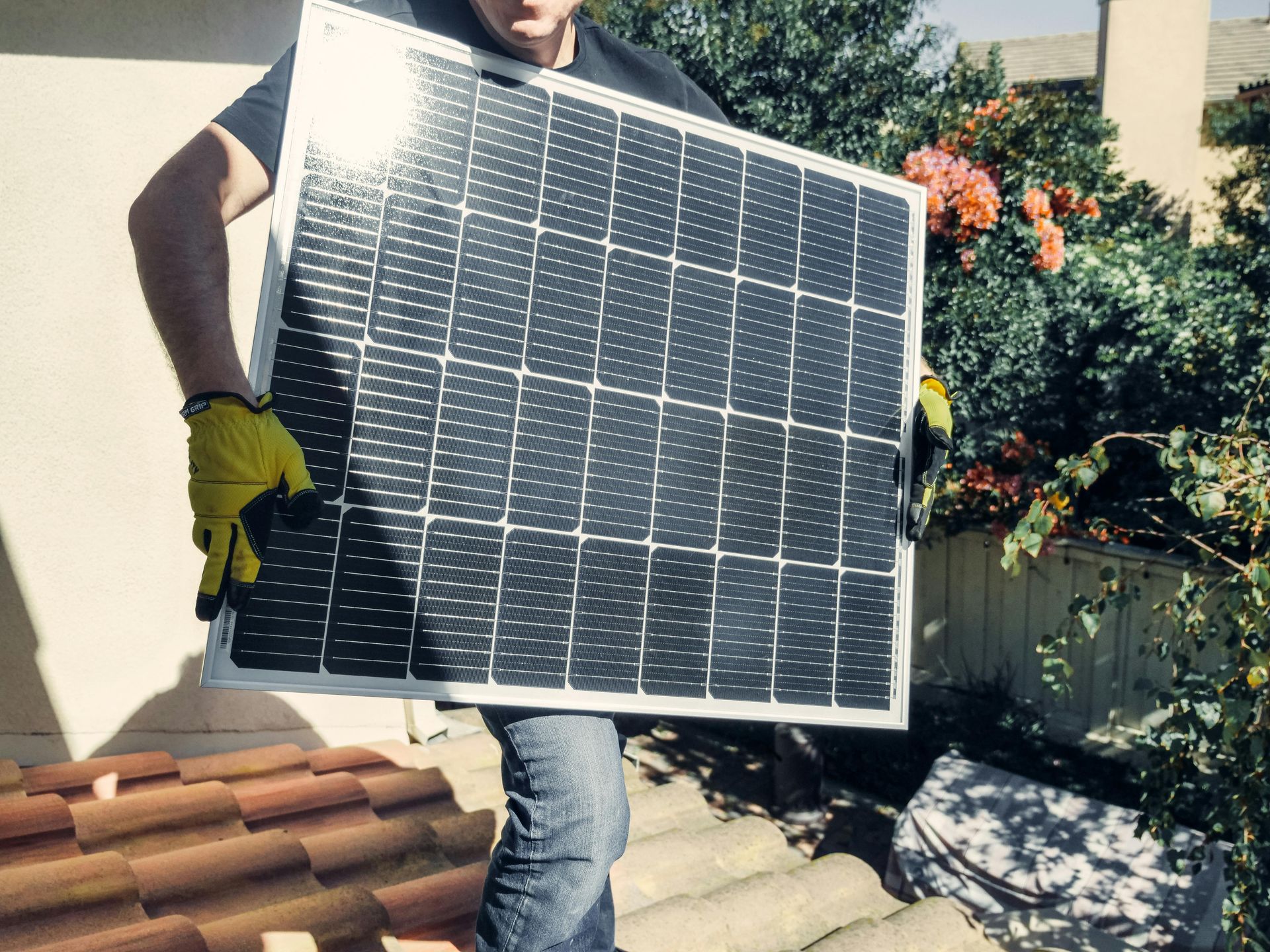
Investing in solar energy is one of the smartest decisions a homeowner can make. Solar panels provide clean, renewable energy while lowering your utility bills and increasing the value of your home. But like any major investment, solar systems require care to keep them running efficiently for decades. That’s where solar maintenance comes in.
Many people think solar panels are “set it and forget it,” but the truth is that regular maintenance can dramatically improve performance, extend the lifespan of your system, and protect you from costly repairs down the road. In this comprehensive guide, we’ll explore why solar maintenance matters, what it includes, how often it should be done, and why hiring professionals like Solar RNR ensures your system always delivers maximum results.
Why Solar Panel Maintenance Matters
Solar panels are durable, low-maintenance, and designed to withstand harsh weather. However, they are constantly exposed to the elements — dirt, dust, pollen, leaves, bird droppings, snow, hail, and even wildlife can affect performance. Over time, these factors build up and reduce the amount of sunlight your panels can absorb.
According to the National Renewable Energy Laboratory (NREL), dirty solar panels can lose up to 25% of their efficiency if not cleaned and maintained. Beyond dirt, issues such as wiring damage, inverter malfunctions, and loose mounting equipment can reduce output or even shut down your system.
Maintenance is about more than cleaning — it’s about keeping your solar system safe, reliable, and profitable.
Common Solar Panel Issues From Lack of Maintenance
Before diving into best practices, let’s review the most common problems that occur when solar systems aren’t properly maintained:
- Dust and debris buildup: Dust, dirt, leaves, and bird droppings block sunlight and lower efficiency.
- Snow accumulation: Heavy snow can cover panels and temporarily stop energy production.
- Pollen and smog: Sticky residues can form on panels, requiring more than just rainfall to clean.
- Bird nests and critters: Animals can damage wiring or nest under panels.
- Cracked glass or hotspots: Caused by hail, falling branches, or manufacturing defects.
- Loose wiring or racking: Panels exposed to wind and weather may shift or loosen.
- Inverter or battery issues: Without monitoring, a failing inverter can go unnoticed until production plummets.
Each of these issues can compromise your system’s efficiency and shorten its lifespan — but with regular inspections and care, they can be easily prevented.
Solar Panel Maintenance Checklist
Here’s a general checklist to keep your solar system in peak condition:
1. Regular Cleaning
- Remove dust, dirt, leaves, and bird droppings.
- Use a soft brush, sponge, or hose with gentle water pressure.
- Avoid harsh chemicals or abrasive tools that can scratch the glass.
2. Inspect for Damage
- Check for cracks, discoloration, or hotspots.
- Ensure mounting equipment is secure.
- Look for loose or frayed wires.
3. Monitor Energy Output
- Use your system’s monitoring app to track daily production.
- Look for sudden dips in performance, which may indicate a problem.
4. Check the Inverter
- Look for error messages or red lights on your inverter display.
- A functioning inverter should typically display a green light.
5. Trim Nearby Trees
- Ensure panels are not shaded by overgrown branches.
- Prevent leaves from building up on panels or gutters.
6. Schedule Professional Inspections
- Have your system checked at least once a year.
- Professional technicians can test wiring, electrical components, and performance metrics.
How Often Should Solar Panels Be Maintained?
The frequency of solar maintenance depends on your environment:
- Dusty or rural areas: Clean panels every 3–4 months.
- Urban or suburban homes: Clean panels every 6 months.
- Areas with heavy snow or pollen: Inspect and clean seasonally.
- Standard inspection: At least once per year by a professional.
Rain can wash away light dust, but it won’t clear sticky residues like pollen, bird droppings, or air pollution buildup. Relying solely on rainfall often isn’t enough.
DIY vs. Professional Solar Maintenance
Some homeowners prefer to clean their panels themselves, and light cleaning is fine if done safely. However, climbing on roofs can be dangerous, and electrical components should only be handled by professionals.
DIY Pros
- Saves money if you only need light cleaning.
- You can spot-check panels for visible issues.
DIY Cons
- Risk of falling or injuring yourself on the roof.
- Potential to damage panels with the wrong cleaning tools.
- You can’t test wiring, inverters, or hidden electrical issues.
Professional Maintenance Pros
- Safe, thorough inspections and cleaning.
- Advanced tools to detect hotspots or wiring problems.
- Warranty compliance (many manufacturers require professional inspections).
- Long-term performance monitoring and guaranteed efficiency.
Bottom line: DIY cleaning is fine for light dust or debris, but for comprehensive care, professional maintenance is always the smarter choice.
Seasonal Maintenance Tips
Each season brings its own solar challenges. Here’s what to watch for:
- Spring: Clean pollen, check wiring after winter storms, trim new tree growth.
- Summer: Watch for overheating or shading from fast-growing trees.
- Fall: Clear fallen leaves, inspect for debris buildup, prepare for snow.
- Winter: Remove snow safely (avoid shovels or sharp tools), check for ice damage.
Costs of Solar Maintenance
The cost of professional solar maintenance varies depending on your location and system size, but on average:
- Basic cleaning: $150–$300 per visit.
- Full inspection + cleaning: $250–$500.
- Annual maintenance contract: $300–$600.
While this may sound like an added expense, the cost is minimal compared to the efficiency losses or expensive repairs that result from neglect. Regular maintenance ensures you get the maximum return on your solar investment.
How Solar Maintenance Saves You Money
- Improved Efficiency – Clean, well-maintained panels produce more power, saving you money on your electric bill.
- Preventing Costly Repairs – Catching small issues early prevents bigger, more expensive problems later.
- Longer System Life – A well-maintained system can last 25–30 years, maximizing your ROI.
- Protecting Your Warranty – Many panel manufacturers require documented maintenance to keep warranties valid.
Why Choose Solar RNR for Solar Maintenance?
At Solar RNR, we specialize not just in solar installations but in keeping your system running at its best year-round. Homeowners across Colorado trust us for:
- Comprehensive inspections: From panels to inverters to wiring.
- Safe and professional cleaning: No scratches, no damage, maximum efficiency.
- Fast service after storms: We handle detach & reset, hail damage checks, and insurance inspections.
- Maintenance contracts: Affordable packages to give you peace of mind.
- Local expertise: We understand Colorado’s unique climate challenges.
When you work with Solar RNR, you’re not just getting a solar installer — you’re getting a long-term partner invested in your system’s success.
Solar panels are a powerful, long-term investment, but like any system, they need care to perform their best. Regular solar maintenance ensures your panels remain clean, efficient, and problem-free, delivering maximum savings for decades. By scheduling regular inspections and cleanings — and partnering with professionals like Solar RNR — you’ll protect your investment, increase efficiency, and enjoy peace of mind knowing your solar system is always working at peak performance.
